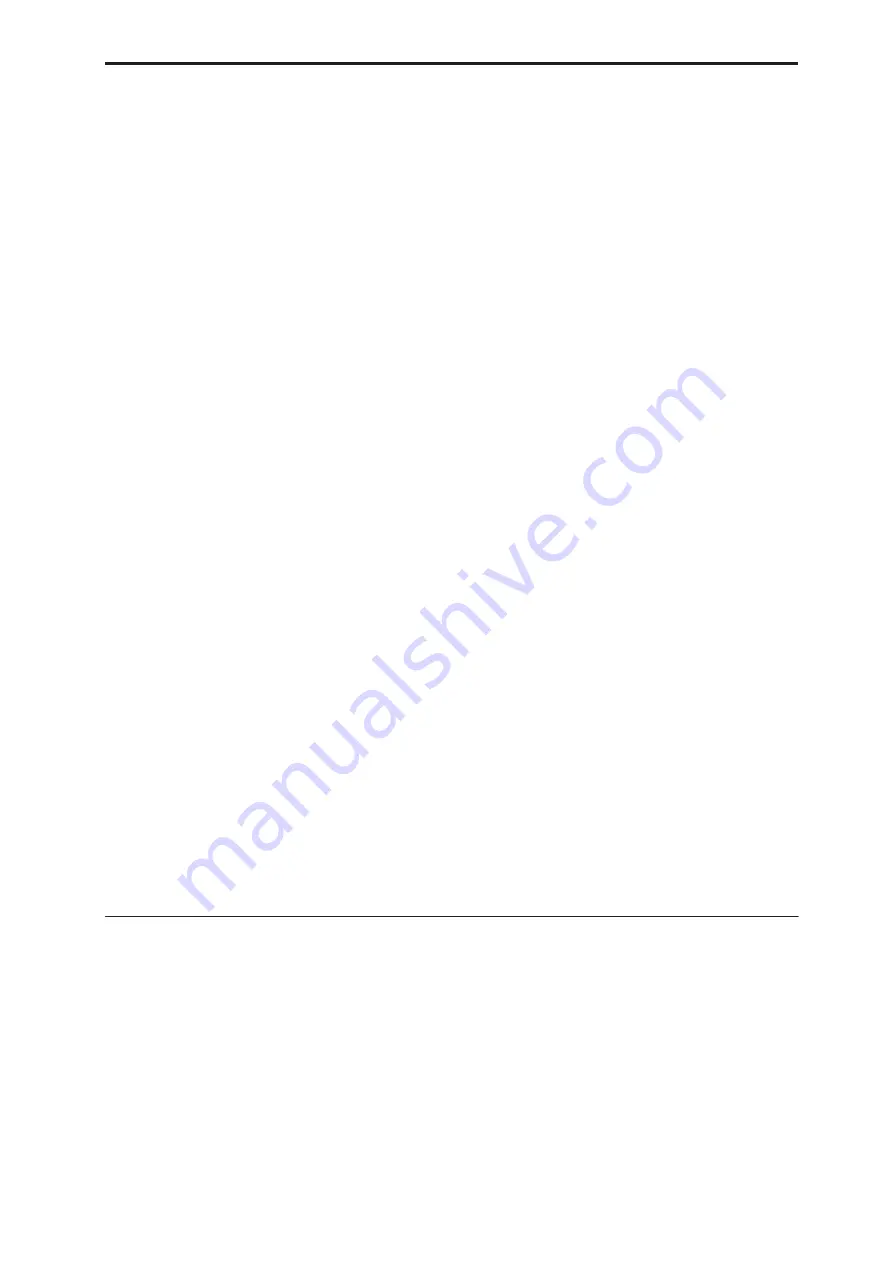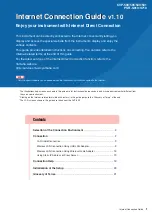
Drum Group Random Weighting Parameters– Pools
951
Pattern Vel. Offset
[–127…+127]
Subtracts or adds a constant amount to the velocities
for each Drum Pattern. Allows a Pattern’s relative
volume to be raised or lowered with regard to the
other Patterns. Note that this is subtractive/additive: 0
leaves velocities at the Initial Velocity they would
normally be generated based on the Velocity Group
settings.
Setting positive amounts may interfere with the
Velocity control that you have specified elsewhere. One
example is controlling the velocity sensitivity of the
Drum Pattern with the keyboard. Regardless of your
Velocity Group settings, if the Pattern Velocity Offset
here was a large positive value, you would get no
apparent velocity sensitivity from the keyboard, since
this value would be added and effectively cancel out
the effects of the Velocity Mode and Value.
Pattern Vel. Scale
[–999…+999 (%)]
Specifies a percentage by which the Velocity Pattern
selected in the Velocity Group is scaled before being
used to generate notes from the Drum Pattern, if this
feature has been assigned in the Phase Group. Notes
can be made to disappear or drop out using large
positive values; large negative values with a very soft
Initial Velocity can create interesting “reversed” effects.
The same field in the Velocity Group itself is disabled
for Drum Effects, since each Pattern here has its own
“Velocity Scale.”
Pattern Transpose
[–36…+36]
Allows each Drum Pattern to be individually
transposed in semitones. This is additive to the
transpose in the KARMA Module. For more
information, see “7–3: Module Parameters-Control” on
page 103.
Octave Transpose
[–36…+36]
Allows the Drum Pattern Transpose value to be
quantized to the nearest octave, so that when being
changed by a KARMA Realtime Control, only
transposition by octaves is possible. In this case, the
value of the parameter changes by semitones, but the
actual transpose value will only change at certain
points within the range:
Oct/5th Transpose
[–36…+36]
Allows the Drum Pattern Transpose value to be
quantized to the nearest octave or fifth, so that when
being changed by a KARMA Real-time Control, only
transposition by octaves or fifths is possible. In this
case, the value of the parameter changes by semitones,
but the actual transpose value will only change at
certain points within the range:
Note Series -> Length
[0, 1]
When
1: On
, the Pattern uses the GE’s actual Note
Series Length as the length of the Drum Pattern. For
example, if the Note Series Group was set to
“Replications” (
4.0
with “Symmetry”
(
Off
, and 4 notes were played, a
16 note
Note
Series would normally be created. The Drum Pattern
would restart after
16 steps
of it have been played.
Playing 1 note would changed the Note Series Length
to 4, and the Drum Pattern would restart after
4 steps
.
This can be used to change the apparent length or time
signature of the groove or phrase in real-time. When
this is
0: Off
, the Drum Pattern loops through its full
length.
Random Weighting Parameters– Pools
The Random Weighting Parameters - Pools are made
available when at least one step (column) in the Drum
Pattern Grid contains multiple buttons turned on in
the upper 7 rows (not counting the “rest” row), and the
“pools” button is on. This step then constitutes a
“random pool” of Drum Sounds/Notes.
For example, you can influence whether a tom will be
played at a certain step more often than a snare.
For more information, see “Rhythm Group” on
page 909, and “Random Weighting Parameters -
Pools” on page 911.
Pools-Random Factor
[–99…+99]
For information on this parameter, see “Rhythm
Group” on page 909 and “Pools-Random Factor” on
page 911.
Pools-Weighting Curve
[0…3]
For more information, see “Pools-Weighting Curve” on
page 911, and “Rhythm Group” on page 909.
See also “Appendices” on page 960, and “Random
Weighting Curves” on page 961.
–36 to –31
=
–36
(–3 octaves)
–30 to –19
=
–24
(–2 octaves)
–18 to –7
=
–12
(–1 octave)
–6 to +5
=
0
(no transpose)
+6 to +17
=
+12
(+1 octave)
+18 to +29
=
+24
(+2 octaves)
+30 to +36
=
+36
(+3 octaves)
–36 to –33
=
–36
(–3 octaves)
–32 to –27
=
–29
(–3 o5th)
–26 to –21
=
–24
(–2 octaves)
–20 to –15
=
–17
(–2 o5th)
–14 to –9
=
–12
(–1 octave)
–8 to –3
=
–5
(–1 5th)
–2 to +3
=
0
(no transpose)
+4 to +9
=
+7
(+5th)
+10 to +15
=
+12
(+1 octave)
+16 to +21
=
+19
(+1 5th)
+22 to +27
=
+24
(+2 octaves)
+28 to +33
=
+31
(+2 o5th)
+34 to +36
=
+36
(+3 octaves)
0: Off
1: On
0: Exponential
2: Exp-S
1: Logarithmic
3: Log-S
Summary of Contents for Electronic Keyboard
Page 1: ...Parameter Guide Parameter Guide ...
Page 2: ......
Page 180: ...Program mode EXi 170 ...
Page 290: ...EXi STR 1 Plucked String 280 ...
Page 572: ...Sequencer mode 562 ...
Page 700: ...Global mode 690 ...
Page 751: ...Insert Effects IFX1 IFX12 Routing 741 Fig 2 3a Fig 2 3b ...
Page 902: ...Effect Guide 892 ...
















































